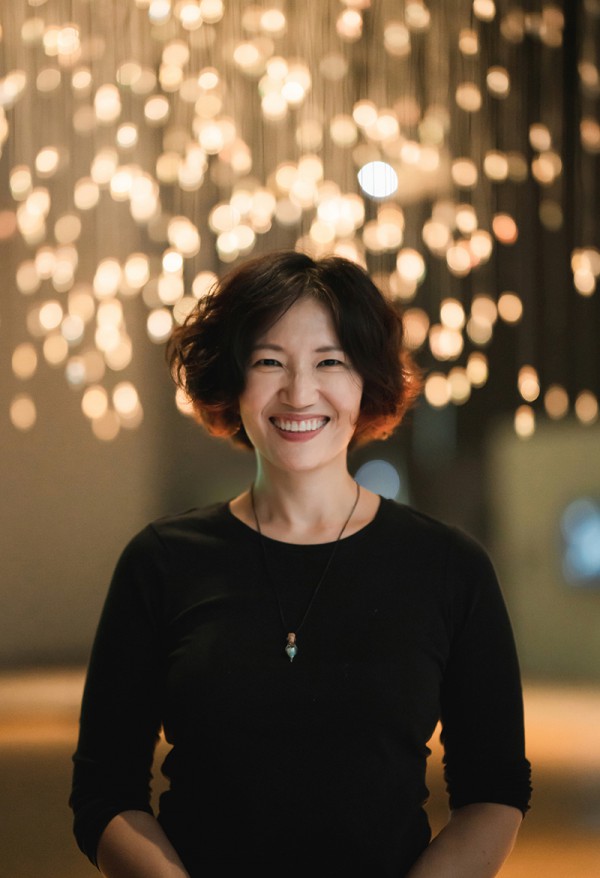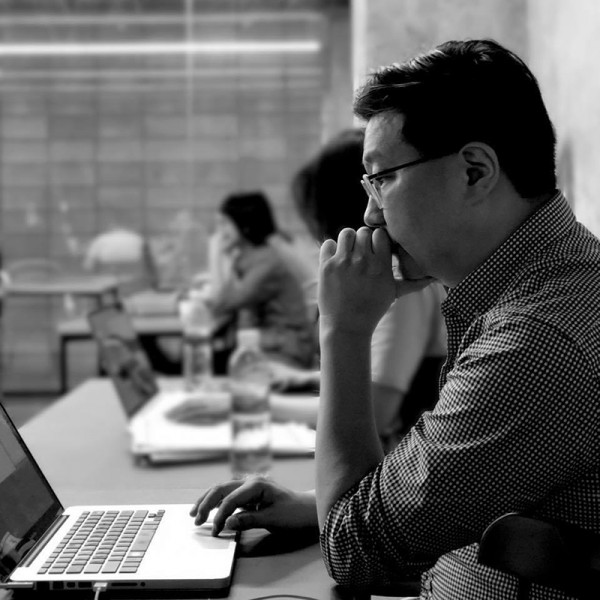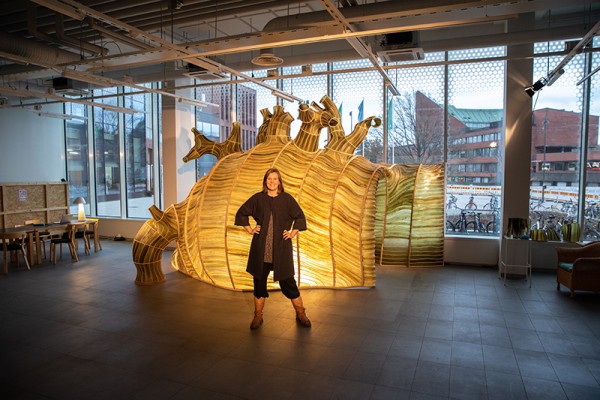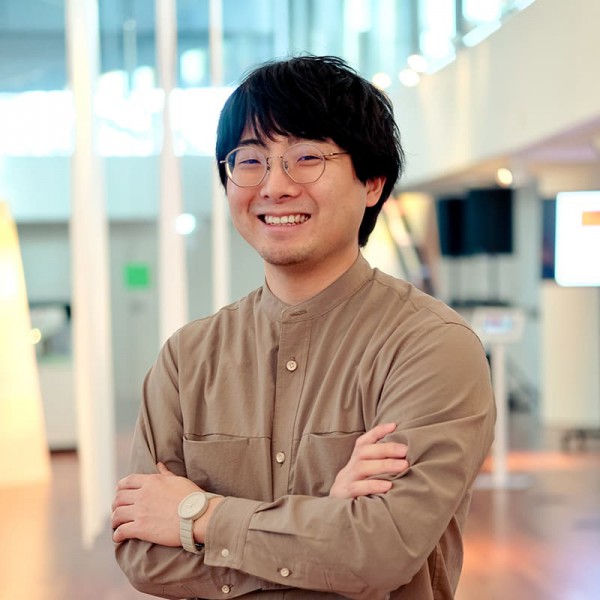Place of activity
Republic of Korea, Seoul
Text about the artist.
Zune Lee finds newness by overlapping and converging various fields. Lee has been delving into the changing times for the past 20 years, concentrating on the interaction and co-evolution of nature, humans, and machines through data science, artificial intelligence, the Internet of Things, and augmented reality techniques. With a focus on multidisciplinary research, creation, and education, Lee has been invited to participate in leading domestic and international exhibitions, such as ISEA International, the Seoul International Media Art Biennale (now the Seoul Mediacity Biennale), and Translife: International Triennial of New Media Art. With five solo exhibitions, he has also participated in artist-in-residence programs at the National Museum of Modern and Contemporary Art, Korea, Art Center Nabi, and the Auckland University of Technology in New Zealand.









